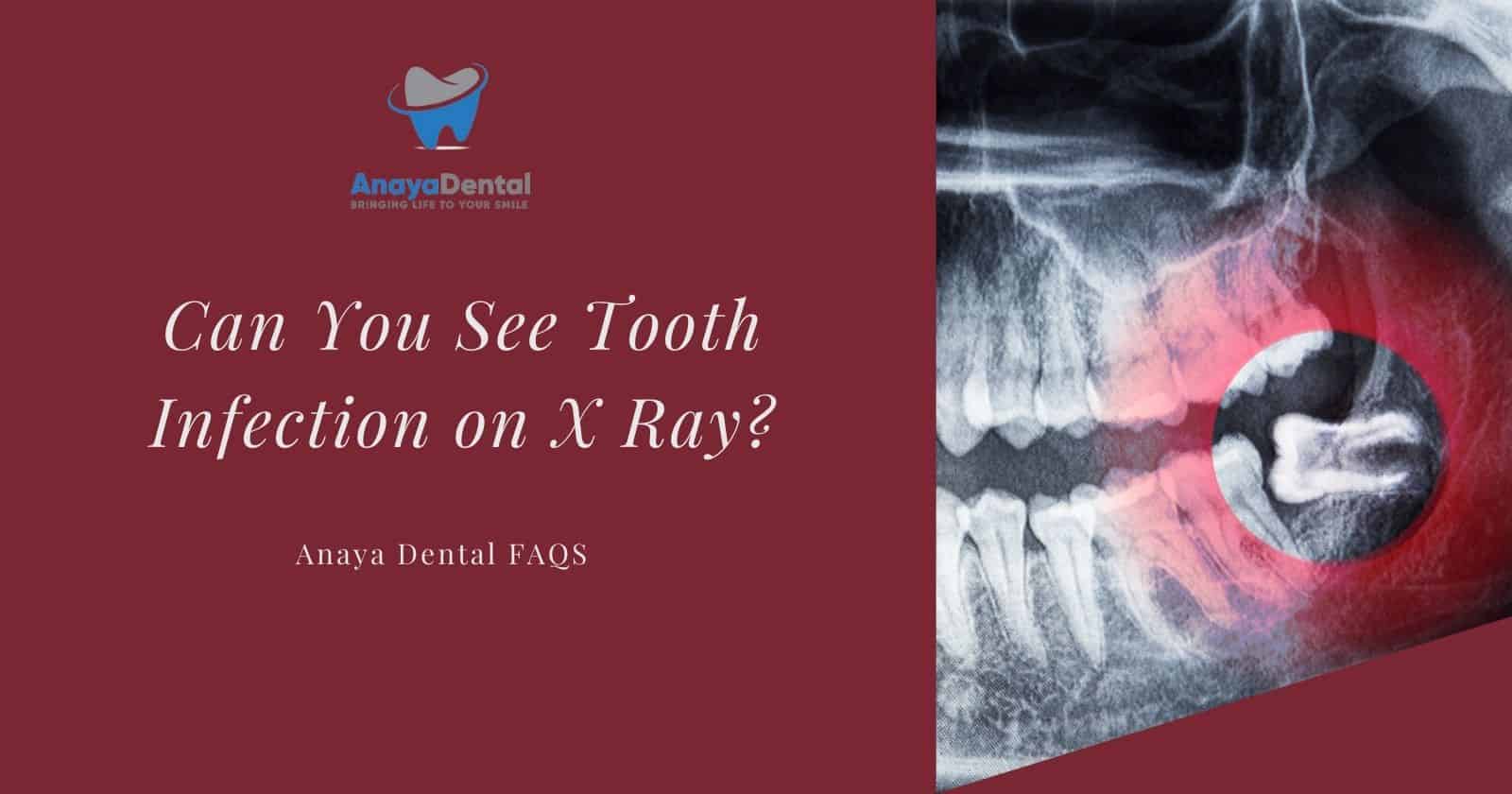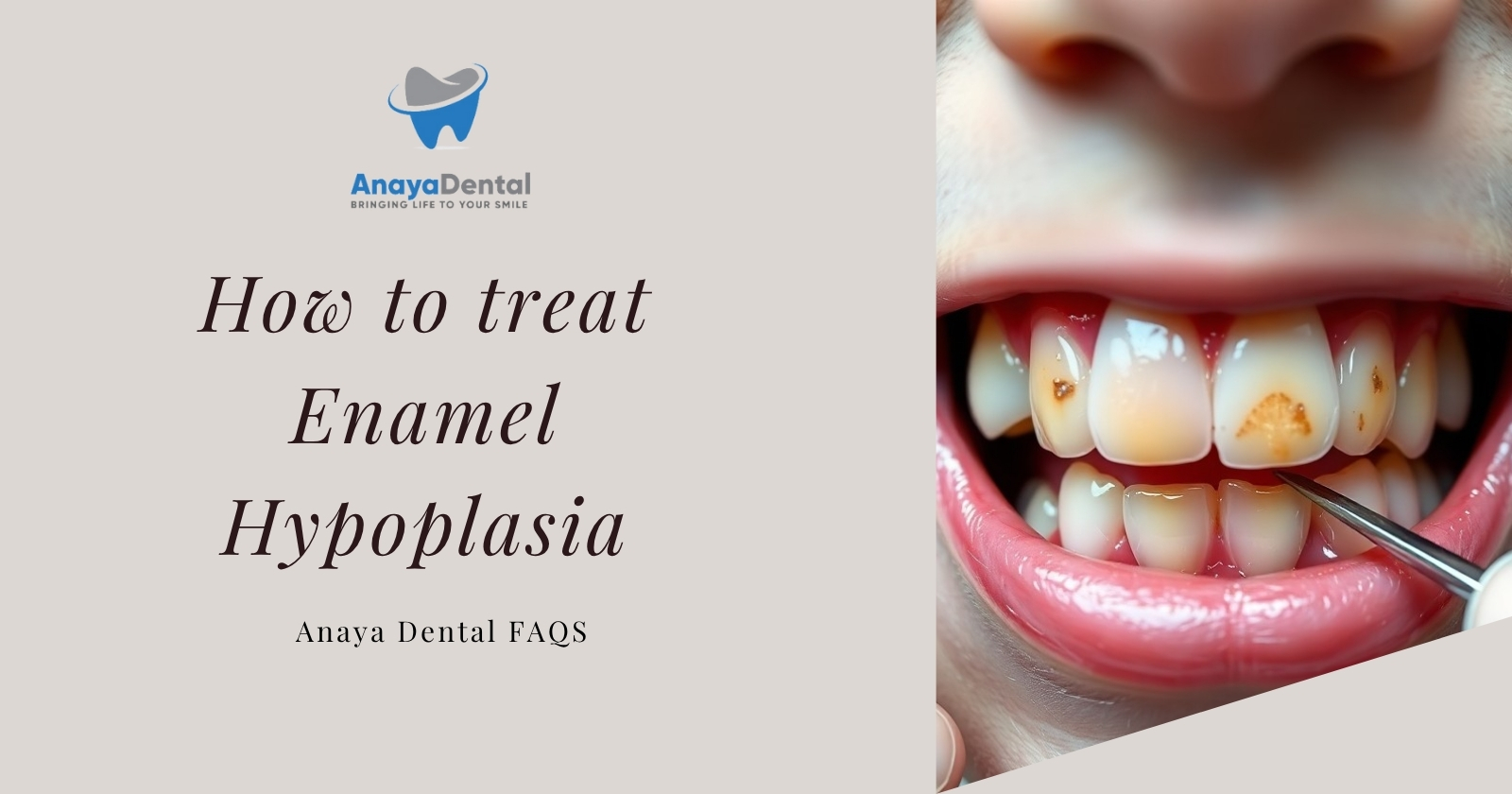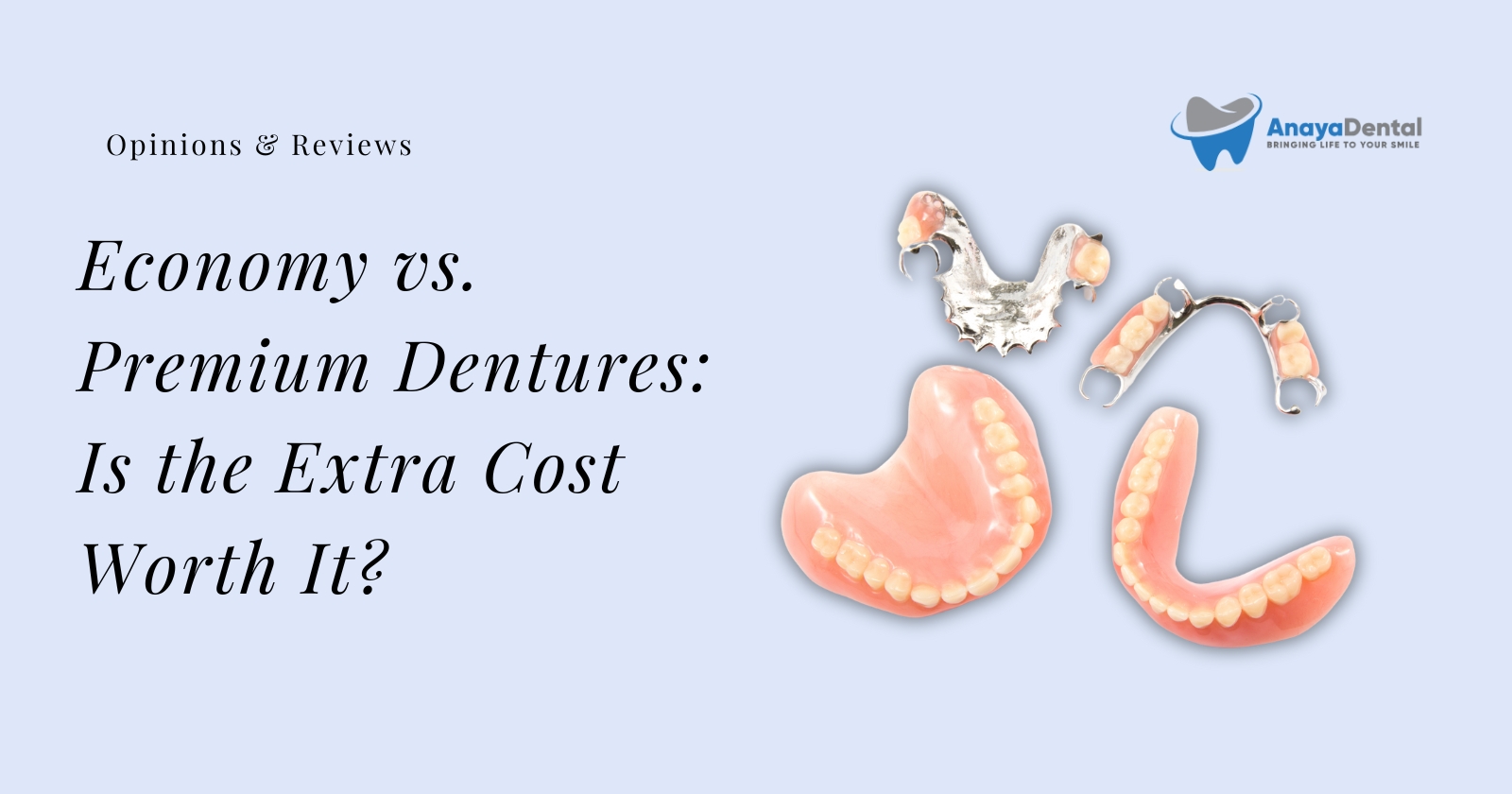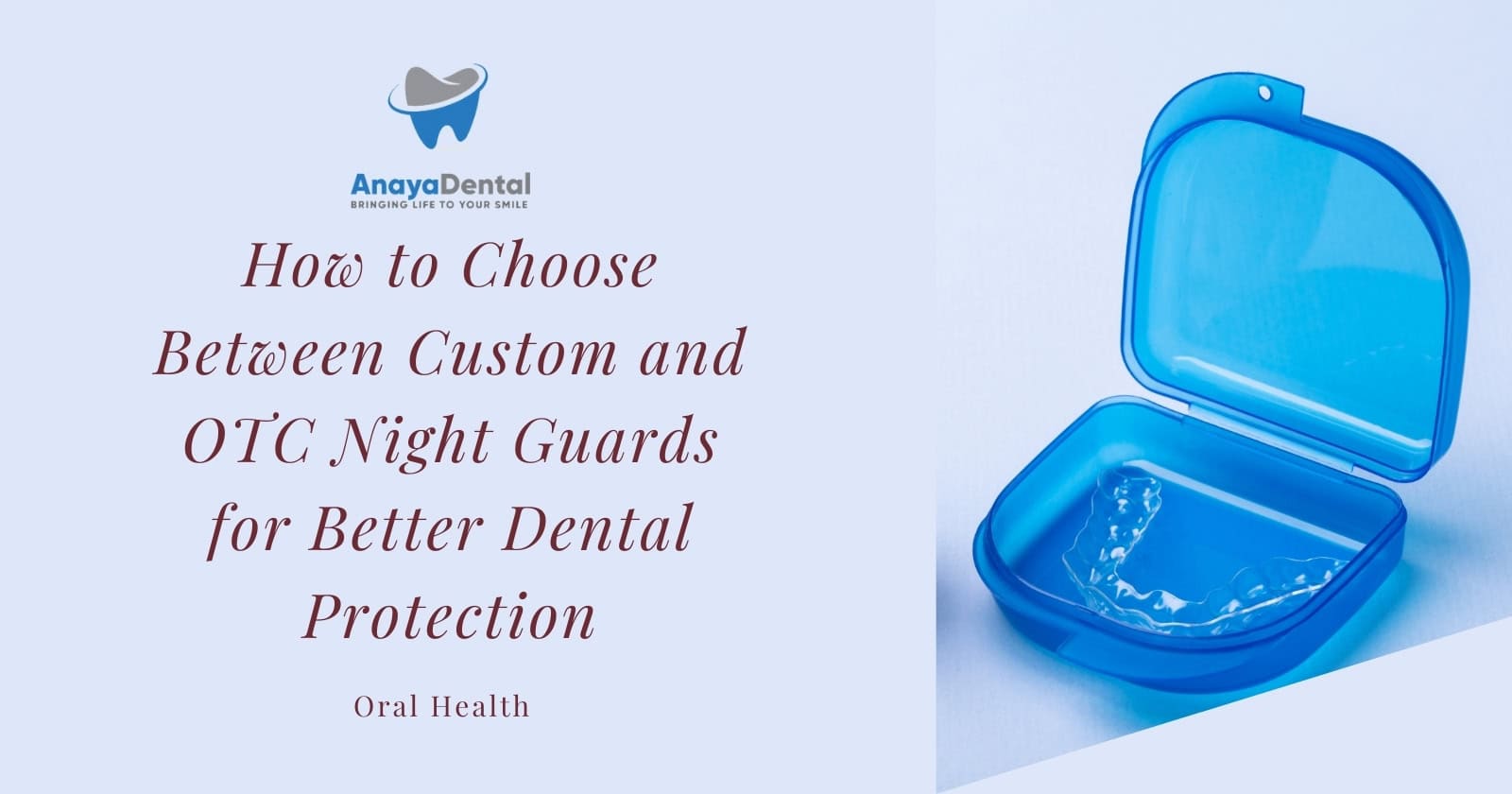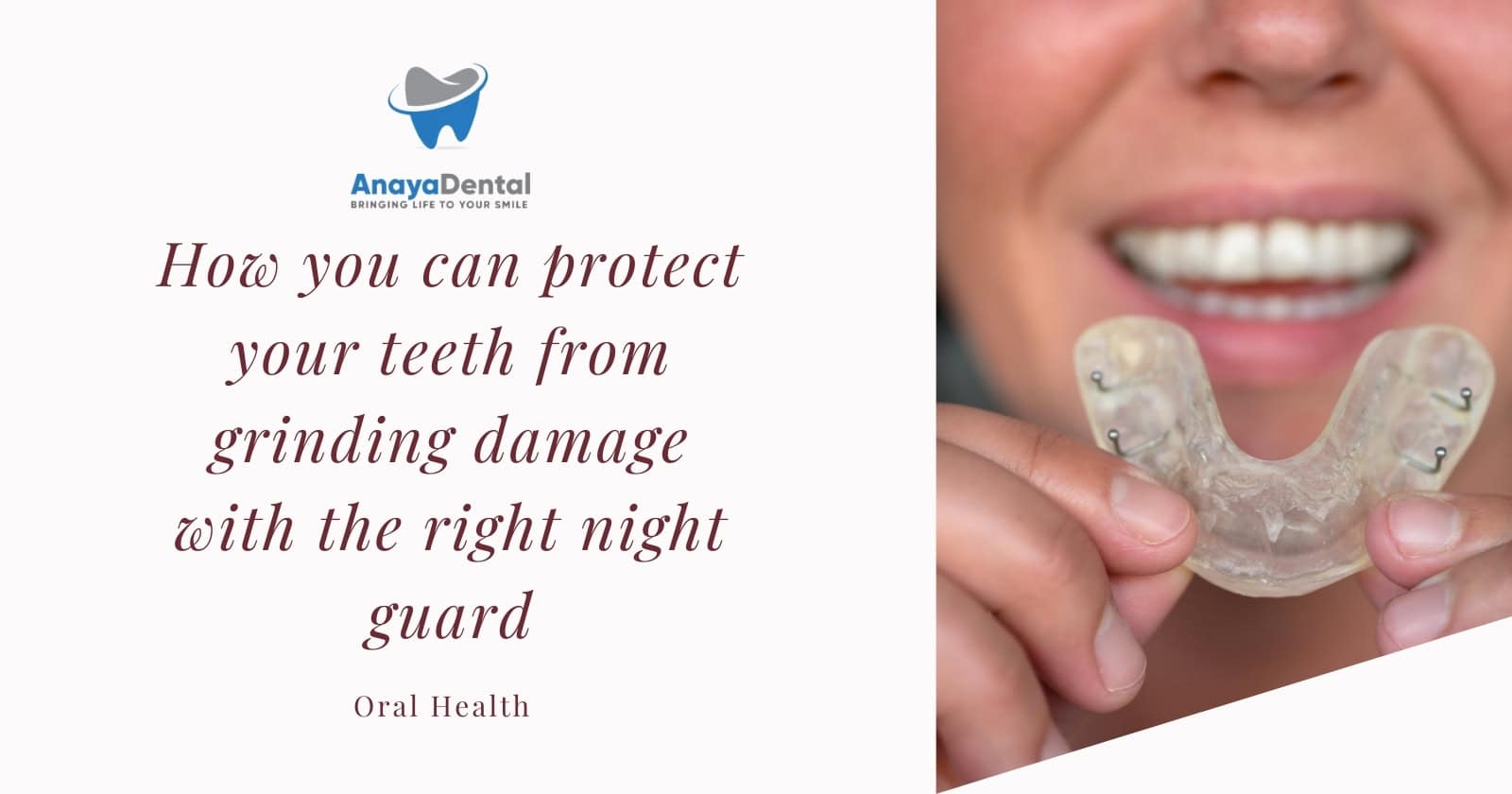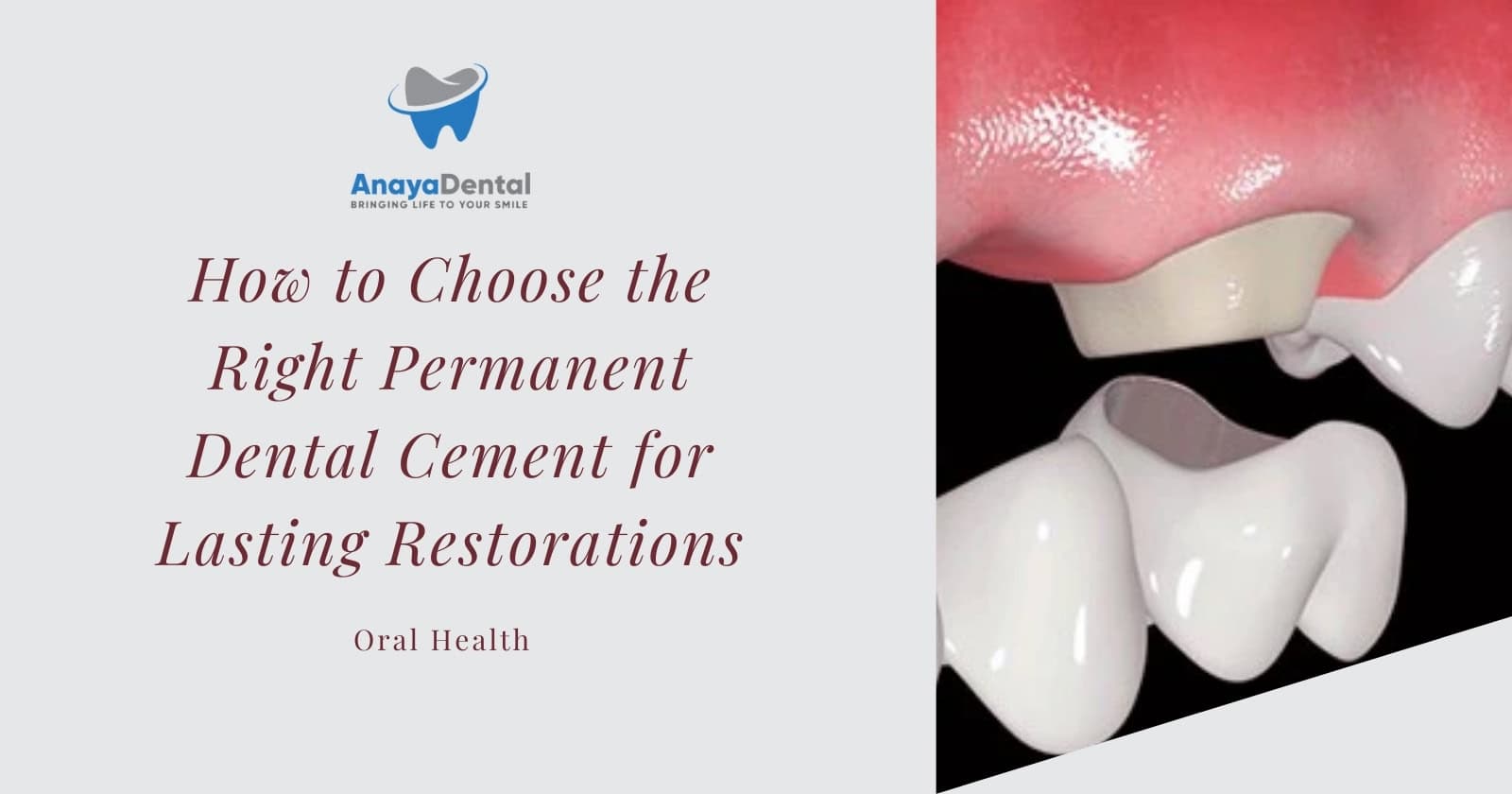There’s a significant connection between dental health and your overall well-being, and understanding how to identify problems is imperative. You may wonder if a tooth infection is visible on an x-ray, which is a common diagnostic tool used by dentists. In this post, you will learn how dental x-rays can reveal signs of infection, what to look for, and why prompt action is vital for maintaining your oral health. Knowledge about these indicators can empower you to make informed decisions regarding your dental care.
Understanding Tooth Infections
Before delving into the specifics, it’s important to grasp what tooth infections entail. Typically arising from untreated dental issues, these infections can severely impact your oral health. They occur when bacteria infiltrate the tooth, leading to an abscess or pus-filled pocket. Understanding the nature of these infections will help you recognize their significance and the necessary actions you need to take to address them.
Causes of Tooth Infections
Around the most common causes of tooth infections are poor dental hygiene, untreated cavities, and trauma to the tooth. These factors can allow bacteria to penetrate the tooth’s inner layers, resulting in infection. Conditions such as gum disease can also contribute by providing an entry point for bacteria. It’s vital to address these underlying issues promptly to prevent more serious complications.
Try Our Dental Calculators
Symptoms of Tooth Infections
Along with swelling and pain, you may also experience sensitivity to hot or cold foods and drinks. Other symptoms include fever and a persistent bad taste in your mouth. If the infection spreads, it can lead to more severe health problems, making it imperative to recognize these signs early on.
With constant pain or pressure in your mouth being a significant indicator of a tooth infection, detecting these symptoms early can be beneficial for your treatment process. You might also notice swelling in your gums or face as the infection progresses. Additionally, bad breath or a foul taste can arise if an abscess has formed. Being aware of these signs allows you to act swiftly and seek professional dental care before the situation worsens.
The Role of X-Rays in Dental Diagnoses
One of the most valuable tools in modern dentistry is the use of X-rays, which play a vital role in diagnosing various dental conditions. These imaging techniques allow your dentist to visualize areas that aren’t visible to the naked eye, helping to identify issues such as cavities, bone loss, and, importantly, tooth infections. By assessing these images, your dentist can devise an effective treatment plan tailored to your specific needs.
Types of Dental X-Rays
Before you visit your dentist, it’s useful to know the types of dental X-rays that may be performed. These include:
| Type of X-Ray | Description |
| Periapical | Focuses on one or two teeth and surrounding bone. |
| Bitewing | Shows the upper and lower teeth in a single image. |
| Panoramic | Provides a broad view of the entire mouth. |
| CT Scan | Gives a detailed 3D representation of your dental structure. |
| Occlusal | Examines the shape and positioning of the teeth. |
- Periapical X-Rays
- Bitewing X-Rays
- Panoramic X-Rays
- CT Scans
- Occlusal X-Rays
Recognizing the different types of X-rays can help you understand what to expect during your dental visits.
How X-Rays Show Tooth Health
Behind the scenes, X-rays are necessary for assessing the health of your teeth and surrounding tissues. They provide insight into the condition of your teeth that isn’t visible during a standard examination. By highlighting problems such as decay, abscesses, or bone loss, your dentist can better evaluate your oral health and make informed decisions regarding treatment.
Also, X-rays can reveal early signs of dental issues before they escalate, allowing for timely intervention. By identifying conditions such as cavities, periodontal disease, or impacted teeth at an early stage, you can benefit from less invasive treatments, which often lead to better long-term outcomes. Understanding how X-rays contribute to your dental health empowers you to take proactive steps toward maintaining your smile.
Identifying Tooth Infections on X-Rays
Assuming you have undergone dental X-rays, it is important to understand how to identify tooth infections. X-rays can reveal the presence of abscesses, bone loss, or any dark spots surrounding the roots of your teeth, which are commonly associated with infections. These images act as diagnostic tools to help your dentist assess the underlying issues that may not be visible during a regular examination.
Key Indicators of Infection
Indicators of dental infection on X-rays include:
| Abscesses | Fluid-filled pockets at the root of the tooth |
| Bone Loss | Reduced density around the tooth root |
| Dark Spots | Unusual shadows around tooth structures |
Comparison with Healthy Teeth
At this point, understanding how infected teeth compare with healthy teeth is vital. Healthy teeth will show robust bone structure and uniform density on X-rays, whereas infected teeth will exhibit noticeable indicators of problems, such as darker areas where infection is present.
| Healthy Teeth | Clear, consistent appearance with no signs of infection |
| Infected Teeth | Dark spots, abscesses, and surrounding bone loss |
Infections can lead to drastic changes in the appearance of your dental structure on X-rays. While healthy teeth appear with a distinct and consistent radiopacity, infected teeth show a lack of density and irregularities, such as darkened areas where the infection diminishes the surrounding bone. Understanding these differences can be instrumental in early diagnosis and treatment.
Limitations of X-Rays in Diagnosing Infections
All imaging techniques, including X-rays, have limitations when it comes to diagnosing tooth infections. While X-rays can reveal certain dental issues, they may not provide a complete picture of the infection’s extent. X-rays are primarily effective in showing bone loss and abscesses, but they can miss smaller infections or conditions located in soft tissues surrounding the teeth.
What X-Rays Cannot Show
An X-ray may not display the entirety of an infection, particularly in its early stages. It cannot capture the presence of soft tissue damage or distinguish between different types of infections. Additionally, overlapping structures can obscure the view, leading to misinterpretation of the results and possibly delaying appropriate treatment.
Other Diagnostic Methods
Behind X-rays, there are other diagnostic methods that can provide valuable insights into tooth infections. These techniques often complement X-ray imaging, offering a more comprehensive examination of your dental health.
But a dentist may utilize digital imaging, cone beam computed tomography (CBCT), or even magnetic resonance imaging (MRI) to achieve a clearer diagnosis. Digital imaging offers enhanced detail, while CBCT provides three-dimensional views of the entire dental area, allowing for better assessment of bone structure and roots. MRIs can help visualize any soft tissue involvement. By combining these methods, you can gain a more accurate evaluation of your tooth infection and receive timely treatment tailored to your needs.
Treatment Options for Tooth Infections
After identifying a tooth infection, it is crucial to explore effective treatment options. These treatments may include antibiotics to combat the infection, root canal therapy to remove infected tissue, or even extraction if the tooth is too damaged to save. Your dentist will assess the severity of the infection and recommend the best course of action tailored to your specific condition.
Professional Dental Treatments
By seeking professional dental treatment, you can ensure that the infection is addressed effectively and safely. Depending on the severity, your dentist may prescribe antibiotics, conduct a root canal procedure, or recommend extraction if necessary. Timely intervention can prevent further complications and relieve your pain.
At-Home Care Strategies
Care for a tooth infection at home can support your recovery process while alleviating discomfort. Over-the-counter pain relievers, warm saltwater rinses, and maintaining good oral hygiene can help manage your symptoms until you see your dentist. Additionally, applying a cold compress to the outside of your cheek may reduce swelling and provide relief.
It is crucial to combine at-home care strategies with professional dental treatments for a comprehensive approach to your tooth infection. Regularly rinsing with warm saltwater can not only help reduce bacteria but also soothe inflammation in your gums. Maintaining a strict dental hygiene routine—brushing twice daily and flossing—will keep your mouth clean and potentially prevent further infections. Staying hydrated and avoiding sugary or acidic foods will also support your overall oral health during your recovery.
Preventing Tooth Infections
Keep your mouth healthy to effectively reduce the risk of tooth infections. This includes adopting proper oral hygiene practices and ensuring you stay on top of any dental issues. Good habits such as brushing and flossing daily, combined with a balanced diet, can go a long way in maintaining the health of your teeth and gums.
Good Oral Hygiene Practices
Around your daily routine, focus on brushing twice a day and flossing at least once. Use fluoride toothpaste to strengthen your enamel and consider antibacterial mouthwash to help control harmful bacteria. These practices create an environment that minimizes the chances of infections and supports overall oral health.
Regular Dental Check-ups
Against the backdrop of daily care, don’t overlook the importance of regular dental check-ups. These appointments allow your dentist to identify any potential issues early, preventing them from developing into more serious concerns. A professional cleaning removes plaque and tartar buildup that brushing alone may miss.
Hygiene during dental check-ups is necessary, as the dentist will conduct a thorough examination, including X-rays if necessary, to detect unseen problems. Their expertise enables them to offer personalized advice on maintaining your dental health and addressing any issues before they escalate. Regular visits, typically every six months, ensure that your mouth remains healthy and infection-free.
Final Words
With this in mind, you can indeed see tooth infections on an X-ray, as these images reveal changes in bone density and the presence of abscesses around the roots of teeth. By understanding what an X-ray can show, you empower yourself to engage in informed discussions with your dentist about any potential issues and necessary treatments. Regular dental check-ups, along with X-rays when needed, are crucial for maintaining your oral health and catching infections early.
